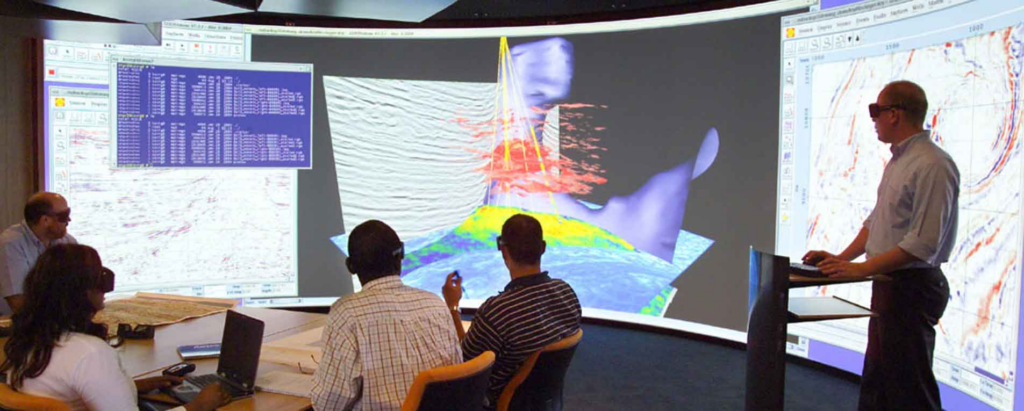Introduction to Augmented Reality (AR)
Augmented Reality (AR) is a cutting-edge technology that overlays digital information onto the real world, seamlessly blending virtual elements with the physical environment. The evolution of AR has been remarkable, starting from basic concepts to becoming an integral part of various industries, particularly Information Technology (IT).
Applications of Augmented Reality in IT
Within the realm of IT, AR plays a pivotal role in software development and user interface design. Developers leverage AR to create immersive applications, enhancing user experiences by integrating virtual elements into real-world settings.

Enhancing User Experience with AR in IT
One of the key strengths of AR in IT lies in its ability to personalize and customize interactions. Through AR, users can engage with technology in more intuitive and tailored ways, resulting in enhanced visualization and seamless interaction, thereby improving user experiences.
Challenges and Limitations of AR in IT
Despite its potential, AR in IT faces challenges such as technical limitations and compatibility issues across devices and platforms. Furthermore, privacy and security concerns pose significant hurdles to widespread adoption and implementation.
Future Trends and Innovations in AR for IT
Advancements in AR hardware and its integration with artificial intelligence (AI) are paving the way for future innovations in the IT sector. The convergence of these technologies holds promise for revolutionary applications and functionalities.
Impact of AR on Business and Industry
AR is not just a technological innovation; it’s a transformative tool for businesses. Its applications in streamlining operations and enhancing user engagement are reshaping industries within the IT sector.
Educational and Training Benefits of AR in IT
In education and training, AR offers immersive experiences that facilitate better learning outcomes. From interactive lessons to simulated training environments, AR is revolutionizing the way knowledge is acquired and skills are developed.
Social and Cultural Impacts of AR in IT
The widespread adoption of AR is influencing social interactions and cultural norms. It’s altering the way people communicate, collaborate, and engage with the world around them, raising questions about societal impacts.
Case Studies of Successful AR Implementation in IT
Several industries within IT have successfully integrated AR into their systems. Notable examples showcase the effectiveness of AR in revolutionizing various processes and enhancing user experiences.
Ethical Considerations in AR Development
As AR continues to evolve, ethical considerations surrounding content creation, data privacy, and responsible usage become paramount. Striking a balance between innovation and ethical standards is crucial.
The Future Outlook of AR in IT
The future of AR in the IT sector is promising, with predictions indicating exponential growth and disruptive innovations. It’s poised to revolutionize how individuals interact with technology, shaping the future of user experiences.
Conclusion
Augmented Reality stands as a transformative force in the realm of Information Technology. Its ability to blend the virtual world with reality has unlocked endless possibilities, promising a future where immersive and personalized experiences become the norm.



